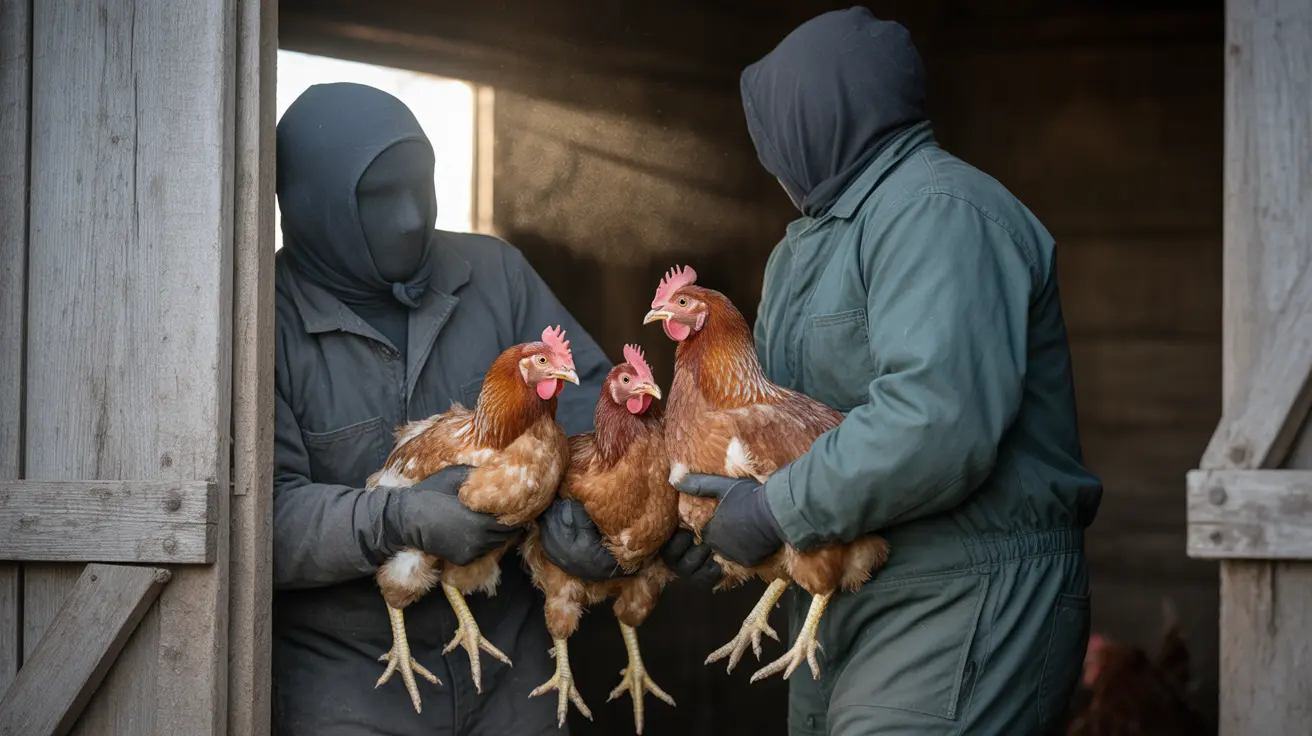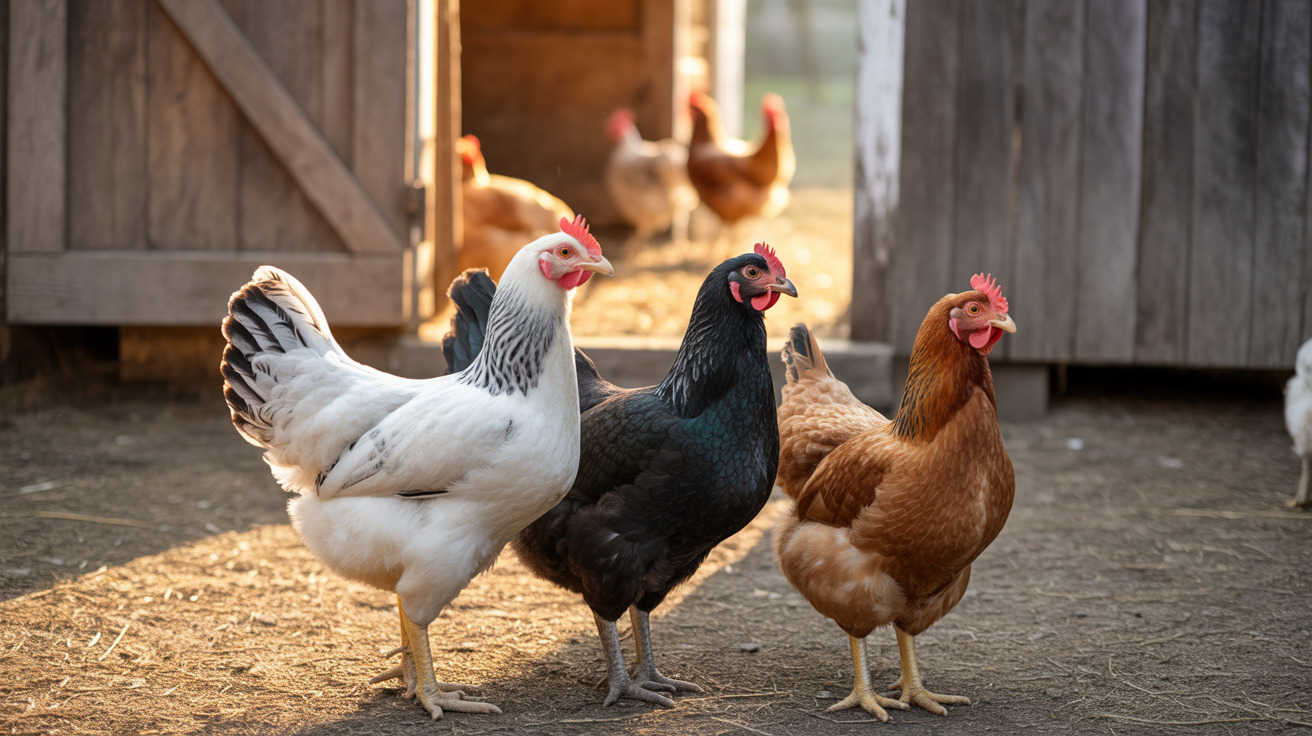The Chow dog, with its distinctive lion-like mane and proud bearing, stands as one of the most unique and ancient dog breeds in existence. Originally bred in China, these magnificent creatures have captured the hearts of dog enthusiasts worldwide with their striking appearance and independent personality.
In this comprehensive guide, we'll explore everything you need to know about the Chow dog, from their distinctive physical features to their specific care requirements and training needs.
Physical Characteristics of the Chow Dog
The Chow dog is immediately recognizable by its distinctive features, most notably its thick lion-like mane and unique blue-black tongue. Standing 17-20 inches at the shoulder and weighing between 50-75 pounds, these medium to large dogs possess a sturdy, well-built frame that commands attention.
Two coat varieties exist: the more common rough coat and the smooth coat. Both types feature a dense double coat that can come in several colors, including red, black, blue, cinnamon, and cream. Their straight, stocky legs give them their characteristic stilted gait, while their small, triangular ears and deep-set eyes create their famous scowling expression.
Temperament and Personality Traits
Chow dogs are known for their dignified and independent nature. While deeply loyal to their family members, they typically form an especially strong bond with one particular person. Their natural aloofness with strangers makes them excellent watchdogs, but this trait requires careful management through proper socialization.
These intelligent dogs possess a strong will and can be stubborn at times. They're not typically demonstrative with their affection, preferring to show their loyalty through quiet companionship and protective behavior.
Training and Socialization Requirements
Early training and socialization are crucial for Chow dogs. Their independent nature can make training challenging, requiring a consistent, patient approach. Positive reinforcement methods work best, as these proud dogs respond poorly to harsh corrections.
Socialization should begin early and continue throughout their lives. Expose your Chow dog to various people, animals, and situations during their formative weeks and months to help prevent potential aggression issues later in life.
Care and Maintenance
The thick double coat of a Chow dog requires regular maintenance to keep it healthy and manageable. Daily brushing is recommended during shedding seasons, with at least weekly grooming sessions throughout the rest of the year.
Exercise needs are moderate, with one to two hours of daily activity being sufficient. However, be mindful of hot weather, as their thick coat can make them prone to overheating. Regular vet check-ups and proper dental care are essential for maintaining their overall health.
Frequently Asked Questions
Why do Chow Chows have a blue-black tongue?
The blue-black tongue is a genetic trait unique to Chow Chows and Shar-Peis. While the exact reason for this characteristic isn't fully understood, it's believed to be linked to the breed's ancient origins in China. The pigmentation develops as puppies grow, usually completing by 8-10 weeks of age.
How often should I brush a Chow Chow's coat to prevent excessive shedding?
Chow dogs should be brushed at least 2-3 times per week during regular periods, and daily during shedding seasons (spring and fall). Use a pin brush and metal comb to reach through both coat layers and remove loose fur effectively.
Are Chow Chows suitable for homes with young children?
Chow dogs are generally not recommended for families with young children. Their independent nature and low tolerance for rough handling make them better suited to homes with older children who understand how to respect the dog's boundaries.
What kind of training is best for a Chow Chow with an independent temperament?
Positive reinforcement training methods work best with Chow dogs. Short, consistent training sessions using treats and praise as rewards will be more effective than lengthy drills. Start training early and focus on basic obedience and socialization skills.
How can I prevent my Chow Chow from becoming aggressive with other dogs?
Early and continuous socialization is key to preventing dog aggression. Expose your Chow to other dogs in controlled environments from puppyhood, always keeping interactions positive. Consider puppy classes and supervised playdates with well-behaved dogs. If needed, work with a professional trainer who has experience with the breed.






